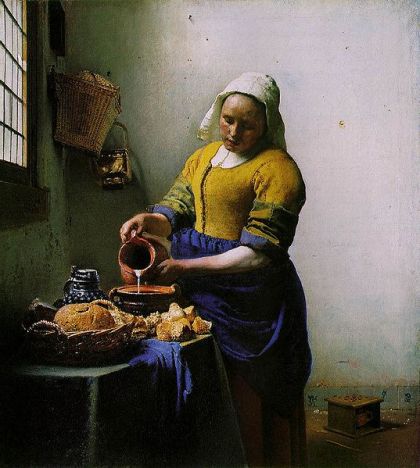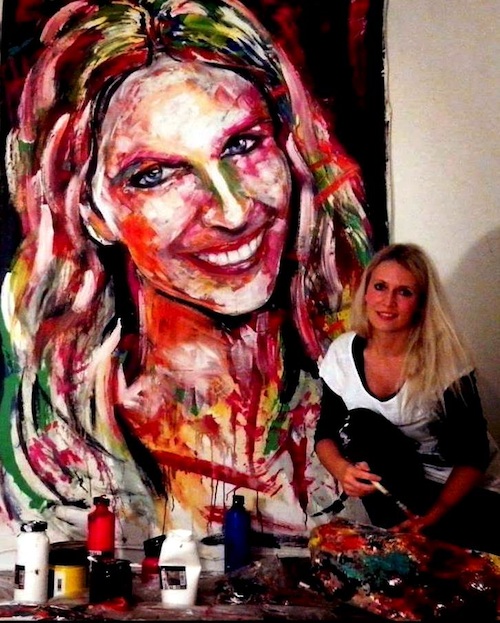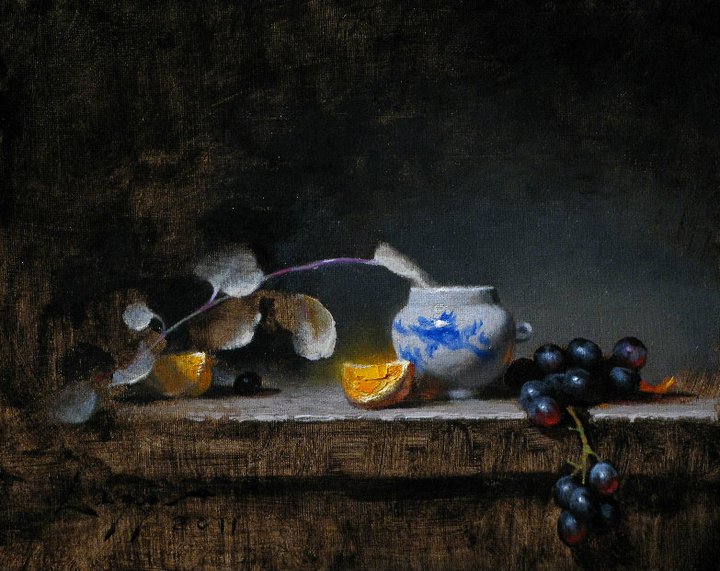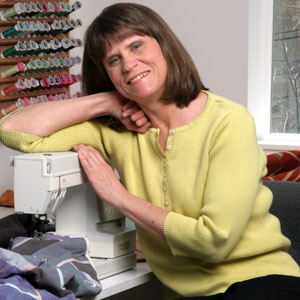![Art Buying Secrets from Top Interior Designers Art Buying Secrets from Top Interior Designers]()
Interior designers are at the forefront of the hottest design trends and can keep you on the cutting edge of what is happening. This knowledge is an invaluable tool as you create new art, seek new sales avenues and grow your collector base.
Through social media I’ve met a lot of wonderful people, especially interior designers. They’re such a great group of people who truly love what they do for a living. As an artist, if you’re not connecting with this vibrant group of people, then you’re missing out. Designers are a witty bunch and they love to have a good time, both online and off! ![:-)]()
I reached out to some of today’s top interior designers and asked them for their art buying tips. I wanted to know where they look for new art and artists for their projects. So, without further ado, you’re about to meet some of my friends and quite possibly the nicest bunch of people you’ll ever see online.
Lisa Mende
I love it when an artist sends me samples of their work or asks me to look at their website. I have found many artists this way. I don’t have a problem with buying art online as long as we have the understanding that it can be returned if it doesn’t meet the clients approval once in the room. I do like to use local artist when possible and also frequent local galleries. Hiddell Brooks in Charlotte is a favorite. I have bought art from Etsy, website and directly from the artist themself. Just this week I bought an original from Kerry Steele. She posted it on her Facebook page and within minutes I contacted her and purchased. When artists are featured on blogs and offer to giveaway a print or small painting, it usually results in multiple sales for that artist if the readers have a way to access an online store. I recommend artists have a strong online presence so that the artist isn’t just selling in one geographical area. If online you can sell anywhere.
Connect with Lisa: Website | Twitter | Facebook
Tyler Wisler
To be completely honest, finding a new artist to use within an interior is a tough road, but not an impossible one to trek. The key is to hit your ‘target’ designers… Art is so subjective, as you know, and what usually happens is your personal aesthetic may be fairly close to a designer’s, and that’s who you want to hit up! Social Media is out there for a reason… Use it! Start following fellow artists, and follow designers who you think are interesting or have a point of view that speaks to you, then… Reach out! It never hurts to put yourself out there to say hey! I found Todd McPhetridge through Twitter, and chatting a bit. I ended up using his amazing photography for a charity event I was a part of and will continue to keep him in my list of artists! I honestly have discovered a good dozen artists through these channels. It’s out there for a reason! Social Media may be killing us in so many ways, and assaulting our senses with horrible Instagrams of Kardashian’s in bikinis on the French Riviera, but it bridges geographical gaps and brings the creative community closer!
Connect with Tyler: Website | Twitter | Facebook
James Saavedra
Personally I gravitate towards abstract or photography because I think there exists greater opportunity to use those in a project – they seem more versatile in scope.
Tips would include pricing your work reasonably- don’t price yourself out of the budget for arts sake. I recently commissioned 9 abstract watercolors for a client. I offered the artist the budget I had to work with and he accepted. The client loves the pieces so much she wants to have his work in all the projects we have together.
Go large- one big piece is much better than a bunch of small ones so I look for pieces that have scale. 36 x 36 and up. If photography Iíll use smaller pieces — it can be more intimate- but right now I’m looking for a giant piece of photography.
Connect with James: Website | Twitter | Facebook
Traci Zeller
Galleries are a wonderful place for more established artists, and my favorite Charlotte gallery is Hidell Brooks. In Charlotte, we are also fortunate enough to have several design shops that host multiple vendors and artists. Those shops are my favorite places to search for emerging local talent and a great resource for reasonably priced pieces.
I prefer more modern, abstract art … but that is nothing more than a personal preference! My suggestion would be for artists to look to new fabric introductions for color inspiration, so that – no matter what the genre – the work will coordinate with today’s interiors. I don’t believe in “matching” your art to your interiors, but they should complement each other!
Large pieces, and particularly those that are reasonably priced, are the most difficult to source. By large, I mean 36″ x 48″ and up. I love art and I absolutely want artists to be paid what they are worth, but the price point of a large piece can be a hurdle for some clients, especially if the artist is new or not particularly well-known. In lieu of large pieces, I also love when artists create pieces that work together so that I can use a grouping for a greater impact.
Connect with Traci: Website | Twitter | Facebook
Courtney Price
Art is such a personal thing, I certainly don’t have any “one size fits all” advice to offer on this topic. I am noticing that contemporary art with bright pops of color seems to be popular at the moment. My advice might be a little surprising- a reminder to the client/designer to be respectful to the artist.
Connect with Courtney: Website | Twitter | Facebook
Andie Day
I work with my clients to pare down possessions that have become handcuffs to a life that no longer serves them well. Living untethered by things results in a dynamic lightness; the freedom brought on by the minimalistic approach inspires thoughtful design and promotes an authentic life that is fully optimized. With the stripping away of the superfluous, the core essentials fade into the background, allowing art to become the true expression of my client’s personality. That’s the quintessential sweet spot for the artist. Share with me your raw, uncut and unedited versions of your greatest work. Tell me your story. What role does the color palette have on this canvas? Why this piece? There’s a strong chance Iíve got a client that has felt the same emotion. And hot damn, FB, Instagram, Pinterest & Twitter have been designed with you in mind. Artists, welcome to the new age! Jump into social media if you havenít already. This is YOUR time – embrace it. Learn to love social media or bring someone in that will do this for you. As you begin to develop your contact relations management system (CRM), be sure to select designers whose work is compatible with your own. Use your intuition and skill set when assessing potential ambassadors/partners. View portfolios and determine whether your art would work well in those environments. Be targeted, be focused, and be innovative.
I’ve included a link to Mashable’s Artist’s Toolbox: 30+ Places to Promote Your Art
Connect with Andie: Website | Twitter | Facebook
Sarah Sarna
I always tell my clients, “A painting and a photo of a painting are two very different things.” Make an appointment with the gallery and learn about the artist and their story from their representative, or from the artist themselves. Always always see the piece in person.
Connect with Sarah: Website | Twitter | Facebook
Patrick J Hamilton
If an artist wants to start making inroads with designers, it’s about the right fit, and making things easy. Familiarize yourself with a designer’s work… are they bold with modern art? Do they typically work with a more subdued palette? Do they usually feature color photography? Understanding a designer’s work will help make a better connection. (It’s also flattering to a designer if you know something about their work!)
It ís also about ease… I know artists who will make art available on loan, so a designer can present a piece to a client in the actual context. Itís a great tool, and greatly increases the odds of a sale. Artists also have to have shareable images of their pieces ready to roll, so an image can be worked into a designerís client pitch.
But if you canít bring the art to the designer, bring the designer to the art! Nothing beats a personal meeting, a studio tour, a personal connection. I’m far more apt to consider and remember an artist Iíve met, at a gallery, art show (I’m a huge fan of NYC’s annual AAF/Affordabel Art Fair), their own studio, or at an opening.
And get out to the design to-the-trade buildings. Make your work known to furnishing showrooms who might consider showcasing your work in a residential-type environment. It helps clients picture the work in a home easier than seeing it in a pristine white gallery might.
I’d also suggest building a relationship with a good quality framer. I’ve been introduced to several amazing artists though my framer, Steven Amedee Custom Framing, down in Tribeca.
Designers typically work in a world of custom opportunities… so we often look for specially-commissioned pieces… a specific size, proportion and color. That might seem a little sacrosanct to a fine artist (art on demand!), but itís a necessary measure of practicality. Plus, so many clients want custom, something original. How glorious to be able to say, This was painted for me?
No surprise, I’m a fan of social media to open doors. I’ve found many new (to me!) artists who have their own Facebook pages.
As far as what’s catching my eyes these days, I love non-rectilinear artwork now, specifically circular images, like Nicholas Guerreroís ìOrbitales.î I love how a circular canvas (or in his case, plexi mount) can activate an otherwise straight-lined architectural space. And no coincidence, I found him because he Friended me on Facebook!
And I’ve always been a fan of contemporary art in otherwise traditional spaces. It shakes the dust right off of traditional.
For the record, too, I don’t consider decorative a dirty word when it comes to even fine art. But then again, I’ve never taken issue with being called a decorator!
Connect with Patrick: Website | Twitter | Facebook
Final Thoughts
I’ve met most of my interior designer friends on Twitter and then connected with them on Facebook, Google+, LinkedIn, Pinterest, Instagram, Klout and Vine. Some are more active on one channel than another, so it’s a good idea to have an account on each of the big social media platforms.
Hopefully this has the wheels turning in your mind and has given you some insight into today’s art buying process. I’d like to thank all of the fabulous interior designers for their contribution and if you have a second, be sure to say hey, follow them on Twitter and like their Facebook page.
Guest artist/author Todd McPhetridge is a Fine Art Landscape Photographer signed by Winn Devon. He also owns Rustic Ventures, a rustic home furnishings business. Connect with him on Twitter and Facebook. He is a marketing ninja with an eclectic taste for all kinds of music. His chili is epic and he has a keen wit about him. Head to Atlanta and drive 40 minutes North and you’re bound to cross paths with him hiking in the mountains with his son.
Originally published on http://finearttips.com

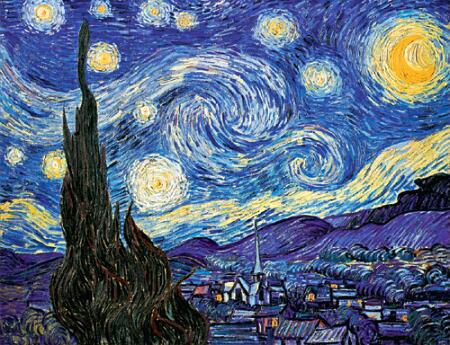

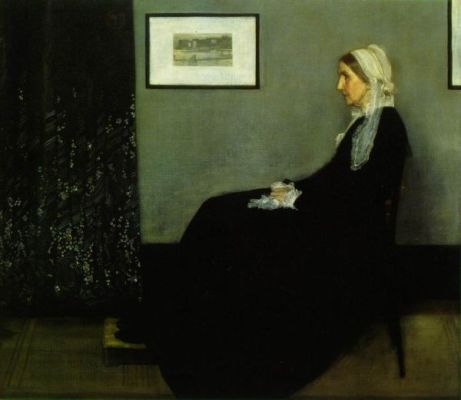






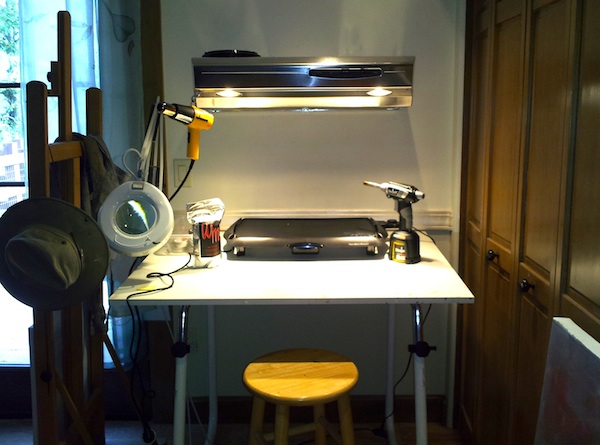

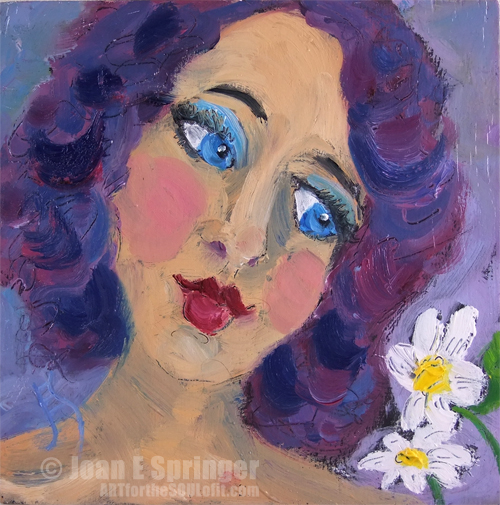
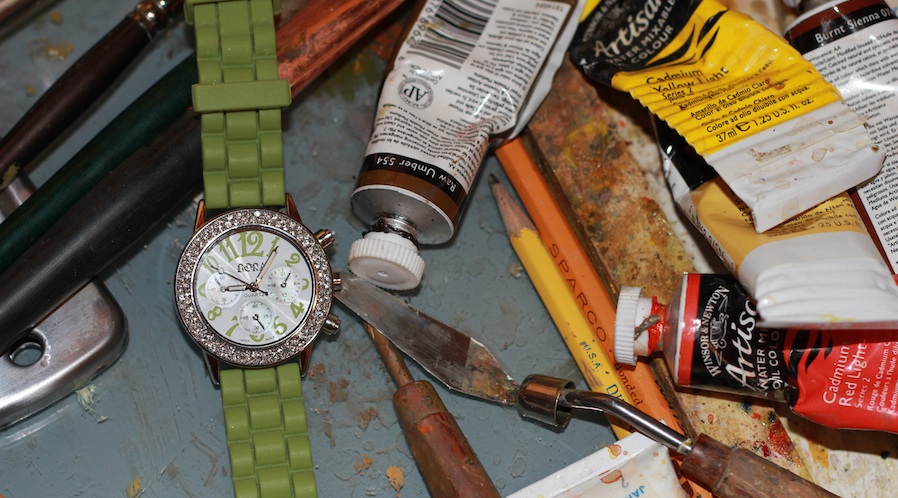
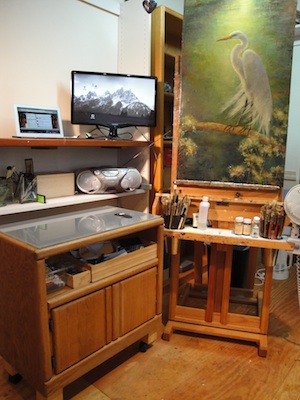






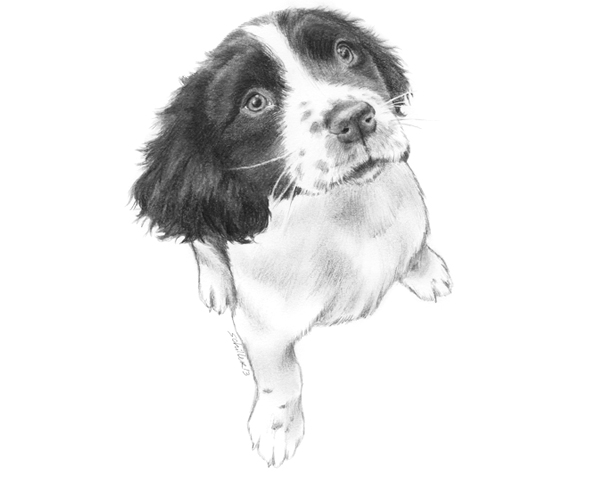 As an animal artist, you will benefit tremendously from getting to know your subject firsthand. And with
As an animal artist, you will benefit tremendously from getting to know your subject firsthand. And with 
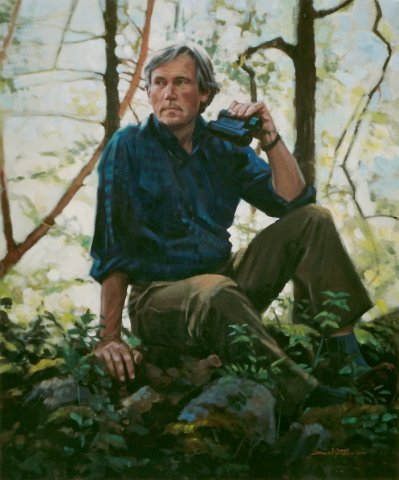

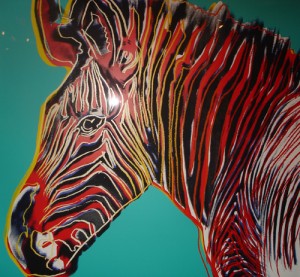






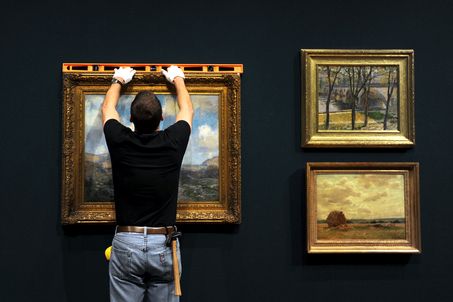











 It is very simple…
It is very simple…








